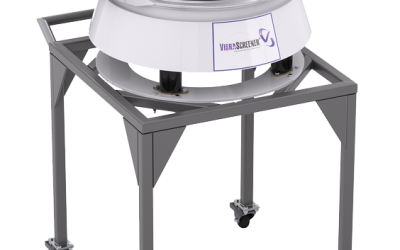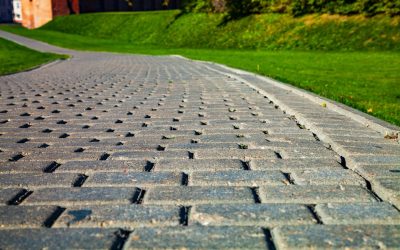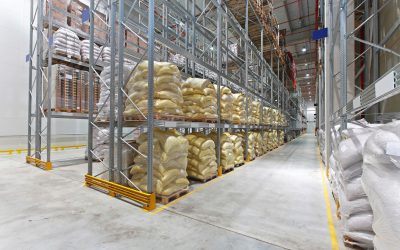Metal finishing can take an ordinary metal object and make it into a show piece. For instance, people who build custom cars often have engine parts finished by plating them with chrome, so they shine and make the engine more resistant to corrosion. There are many types of metal finishing, including isotropic finishing.
What Is Isotropic Finishing?
Many metal finishing techniques use toxic chemicals in their processes to plate or coat metal parts and objects. Isotropic finishing is less dependent on chemicals because it is done by placing the parts or objects in high-speed centrifugal equipment along with ceramic media that finishes the metal pieces. Along with creating a nice, shiny finish, this process also removes the rough and sharp edges from parts, which helps to reduce friction and makes parts last longer.
The Benefits of Isotropic Finishing
There are many benefits to this form of metal finishing, which is used by various business industries to improve the parts used in their vehicles, equipment or metal products. Some of the industries using this process include:
* Aerospace
* Dental
* Automotive
* Firearms
* Pharmaceutical
Here are some of the benefits of using this metal finishing process for metal parts and equipment.
Improved Lubrication
When parts are put through the finishing process, they can retain more of the lubricant used on them. This will help make the parts easier to move when put together in an engine, transmission or any other piece of equipment. This will help reduce any friction that can occur when parts are not well lubricated.
Removes Edges
Due to the manufacturing process, parts can have peaks or edges left on them that will make it difficult for them to work well in the equipment for which they are designed. During the isotropic finishing process, these peaks or edges will be knocked off or smoothed out, which makes parts fit together better and reduces friction.
Improved Strength
This process of metal finishing produces a stronger metal, which reduces fatigue and keeps the parts from bending or breaking. Stronger parts will last longer, so you don’t have to replace them as often, reducing downtime and the cost of repairs. With stronger parts, you won’t have as many of the failures that can mean losing customers for your products.
Environmentally Friendly
This finishing process uses fewer chemicals than other types of metal finishing, and the chemicals used are environmentally safer. The process uses a ceramic media, which is far less toxic than chemicals used by other finishing processes.
If you need metal parts or objects finished for decorative purposes or to help produce a better part, using this finishing process can make the parts stronger, retain more lubrication and reduce part failures, which is more cost-effective for your business.








